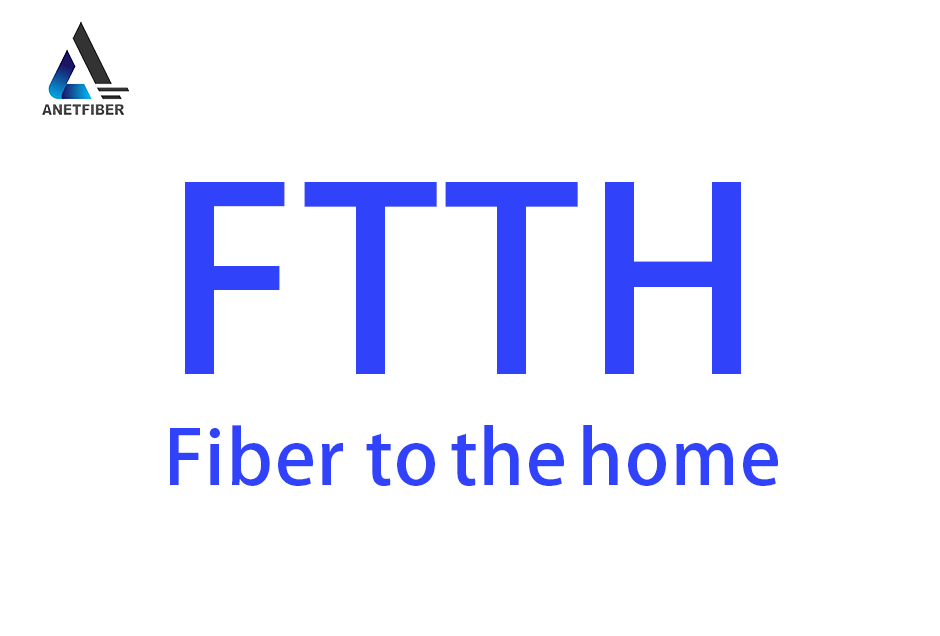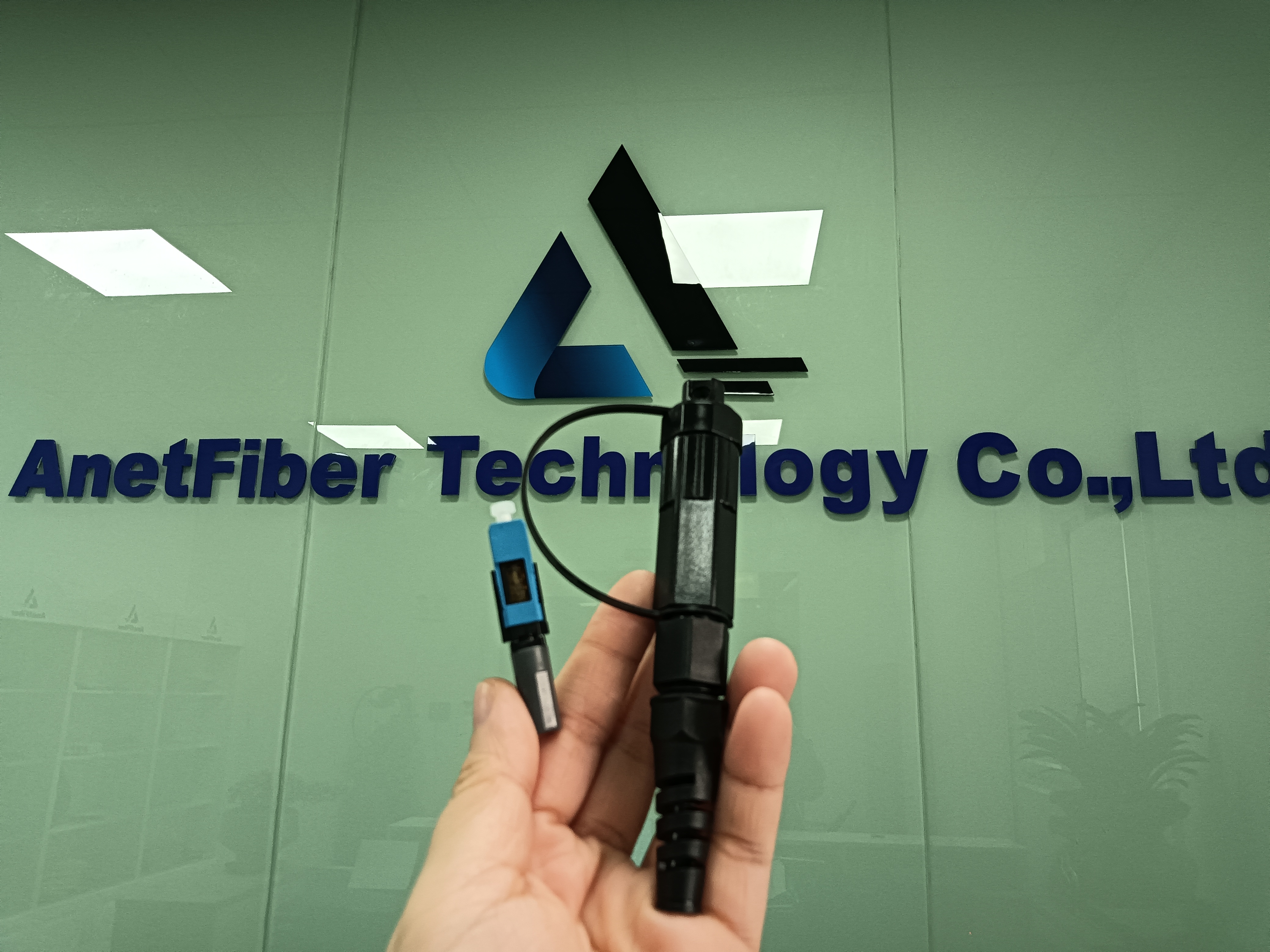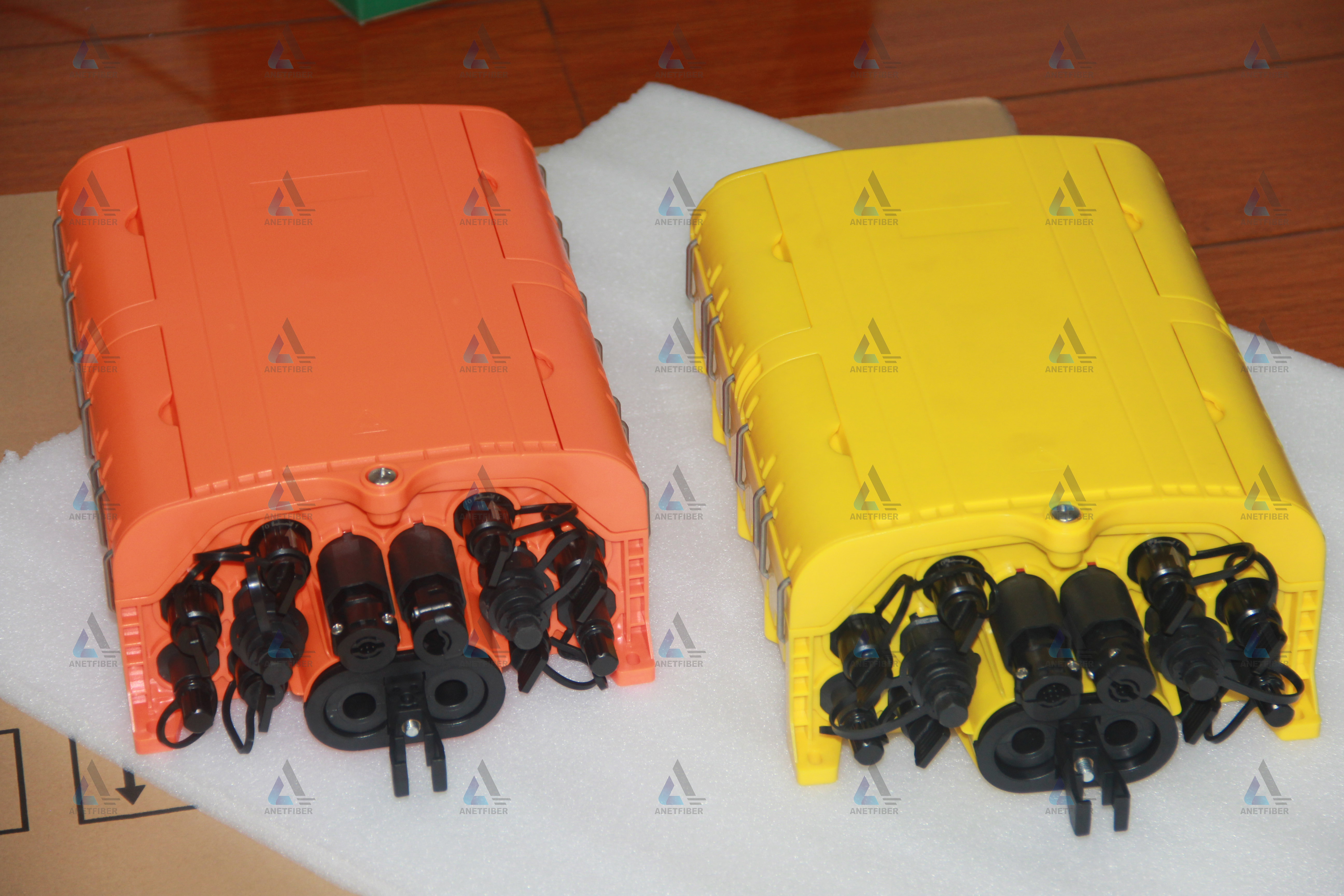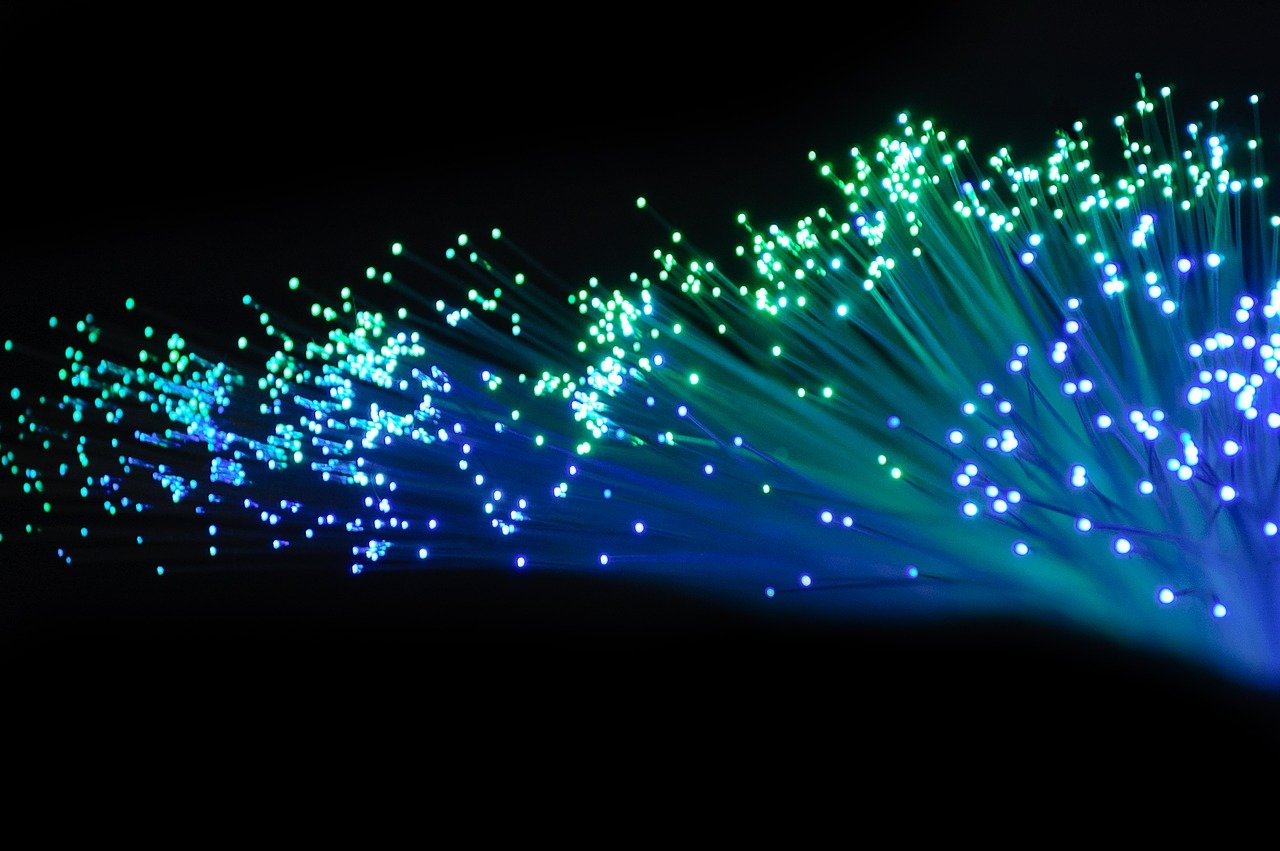Unveiling the Latest Trends in FTTH: A Glimpse into Future Connectivity

Exploring the Basics of FTTH
Fiber to the Home (FTTH) is a cutting-edge broadband internet connection technology that utilizes fiber-optic cables to deliver high-speed data directly to residential and commercial properties. This innovative approach sets FTTH apart from traditional broadband connections, offering unparalleled speed and reliability.
What is FTTH?
Definition and Key Features
FTTH represents a revolutionary advancement in internet connectivity, enabling the direct transmission of data through optical fibers to individual homes and businesses. The key features of FTTH include its ability to provide ultra-fast internet speeds, low latency, and consistent performance even during peak usage hours.
How FTTH Differs from Other Broadband Connections
Unlike conventional broadband technologies such as DSL or cable internet, which rely on copper wires for data transmission, FTTH leverages fiber-optic cables to deliver data at remarkable speeds. This fundamental distinction allows FTTH to offer significantly higher bandwidth capacity and symmetrical upload and download speeds, ensuring an unparalleled user experience.
The Importance of FTTH in Modern Internet Use
Benefits of High-Speed Internet
FTTH plays a pivotal role in meeting the escalating demand for high-speed internet access. By offering blazing-fast connection speeds, FTTH enhances online experiences by facilitating seamless video streaming, online gaming, and large file downloads. Additionally, it supports bandwidth-intensive applications such as virtual reality (VR) and augmented reality (AR), enriching digital experiences for users.
FTTH's Role in Supporting Data Demands
In today's digital landscape, the reliance on data-intensive activities continues to grow exponentially. From remote work and e-learning to smart home devices and video conferencing, the need for robust data infrastructure has never been greater. FTTH addresses these demands by providing a future-proof solution that can effortlessly accommodate escalating data requirements while maintaining exceptional performance.
The Evolution of FTTH Technology
As Fiber to the Home (FTTH) continues to revolutionize internet connectivity, it's essential to understand its evolution from concept to reality and the technological advancements that have propelled its growth.
From Concept to Reality: A Brief History
Early Stages of Fiber Optic Technology
The inception of fiber optic technology can be traced back to the 1950s when researchers began exploring the potential of using light to transmit data. Early experiments laid the groundwork for optical fibers, which are now integral components of FTTH networks. These initial developments sparked a wave of innovation, setting the stage for the future integration of fiber optics into residential and commercial internet infrastructure.
Milestones in FTTH Development
The journey from theoretical concepts to practical implementation marked several significant milestones in the development of FTTH. In the 1980s, pioneering efforts led to successful trials of fiber optic connections in select communities, demonstrating the feasibility and potential benefits of direct fiber links to homes and businesses. Subsequent advancements in fiber optic technology, including enhanced signal processing and improved cable design, further accelerated the realization of widespread FTTH deployment.
Technological Advancements in FTTH
Innovations in Fiber Optic Cables
In recent years, substantial progress has been made in enhancing the performance and efficiency of fiber optic cables used in FTTH networks. Innovations such as bend-resistant fibers and advanced core materials have bolstered signal integrity while enabling more flexible installation options. These developments have expanded the reach of FTTH, making it increasingly accessible across diverse geographic landscapes and urban environments.
Improvements in FTTH Infrastructure
Beyond advancements in cable technology, ongoing improvements in FTTH infrastructure have played a pivotal role in shaping its evolution. Innovations in optical networking equipment, including high-capacity transceivers and network termination units (NTUs), have optimized data transmission processes while ensuring seamless integration with existing telecommunications frameworks. Additionally, streamlined installation practices and standardized deployment protocols have streamlined the expansion of FTTH networks worldwide.

Cutting-edge FTTH Trends Shaping Connectivity
As Fiber to the Home (FTTH) gains momentum, several cutting-edge trends are reshaping connectivity and driving its widespread adoption across the globe.
Increased Adoption of FTTH Globally
Statistics and Growth Rates
The global expansion of FTTH infrastructure has witnessed remarkable growth in recent years. According to industry reports, the number of FTTH subscribers has surged exponentially, with a substantial increase in deployment initiatives worldwide. This proliferation is fueled by the insatiable demand for high-speed internet access and the unparalleled capabilities offered by fiber-optic technology. Notably, regions such as Asia-Pacific and Europe have emerged as frontrunners in embracing FTTH, with extensive network coverage and a burgeoning user base.
Case Studies of Successful FTTH Implementation
Numerous success stories underscore the transformative impact of FTTH on communities and businesses. From urban centers to rural areas, organizations and service providers have spearheaded ambitious FTTH projects, delivering next-generation connectivity to diverse populations. These initiatives have not only elevated internet speeds but have also catalyzed economic development, empowered digital innovation, and enhanced overall quality of life for residents. By examining these case studies, it becomes evident that FTTH is not merely a technological upgrade but a catalyst for societal progress and inclusive growth.
Emerging Technologies in FTTH
The Role of AI and Machine Learning
The integration of artificial intelligence (AI) and machine learning algorithms is poised to revolutionize the capabilities of FTTH networks. By leveraging AI-driven predictive analytics and intelligent network management systems, service providers can optimize network performance, preemptively identify potential issues, and dynamically allocate bandwidth resources based on real-time demands. Furthermore, machine learning algorithms enable proactive maintenance measures, ensuring the seamless operation of fiber-optic infrastructure while enhancing fault detection mechanisms.
Next-Generation Fiber Optic Solutions
Innovations in fiber optic technology continue to redefine the landscape of connectivity solutions. Next-generation fiber optic solutions encompass advancements in cable design, signal processing techniques, and transmission protocols aimed at maximizing data throughput while minimizing latency. These innovations enable higher data-carrying capacity over extended distances, paving the way for ultra-fast internet speeds that can support emerging technologies such as 8K video streaming, immersive virtual reality experiences, and real-time cloud computing applications. Additionally, developments in fiber optic materials and manufacturing processes contribute to cost-effective deployment strategies that facilitate broader accessibility to high-speed connectivity.
The Future of Connectivity: How FTTH Changes Everything
As Fiber to the Home (FTTH) continues to redefine internet connectivity, its impact extends beyond high-speed data transmission, encompassing transformative implications for the Internet of Things (IoT) and future digital landscapes.
FTTH and the Internet of Things (IoT)
Enhancing IoT Capabilities with FTTH
The integration of FTTH infrastructure amplifies the potential of the Internet of Things (IoT) by establishing a robust foundation for seamless connectivity and data exchange. With ultra-fast internet speeds and low latency inherent to FTTH, IoT devices can communicate more efficiently, enabling real-time monitoring, analysis, and response in diverse environments. This synergy between FTTH and IoT fosters an ecosystem where interconnected smart devices, sensors, and actuators can operate with heightened responsiveness and reliability, unlocking new possibilities for automation, energy efficiency, and personalized user experiences.
Real-World Applications and Benefits
The convergence of FTTH and IoT manifests in a myriad of practical applications across various sectors. In smart homes, FTTH facilitates the interconnectivity of intelligent appliances, security systems, and environmental controls, empowering homeowners with enhanced convenience and energy management capabilities. Furthermore, in industrial settings, FTTH-enabled IoT networks enable predictive maintenance strategies, remote equipment monitoring, and optimized resource utilization. These applications underscore how FTTH serves as a catalyst for advancing IoT capabilities while fostering innovation in diverse domains.
Predictions for FTTH's Impact on Future Internet Use
Expanding Access to Remote Areas
The proliferation of FTTH holds immense promise in bridging the digital divide by extending high-speed internet access to underserved rural and remote areas. By leveraging the unparalleled reach and bandwidth capacity of fiber-optic technology, service providers can overcome geographical barriers to deliver reliable connectivity to communities previously devoid of robust internet infrastructure. This expansion not only enhances residents' access to educational resources, telemedicine services, and economic opportunities but also fosters social inclusion by narrowing the gap between urban centers and remote locales.
Supporting Evolving Digital Demands
As digital demands continue to evolve with emerging technologies such as 5G networks, edge computing, and immersive media experiences, FTTH stands poised as a foundational pillar supporting these advancements. The scalability and adaptability inherent to FTTH empower it to seamlessly accommodate escalating data requirements driven by evolving digital ecosystems. Whether facilitating seamless cloud-based workflows or enabling immersive virtual reality applications, FTTH serves as a linchpin in fortifying future internet infrastructures against burgeoning data demands while ensuring consistent performance across diverse technological landscapes.

Final Thoughts
As the landscape of internet connectivity continues to evolve, Fiber to the Home (FTTH) emerges as a transformative force shaping the future of digital interactions and technological advancements. In recapitulating FTTH's role in future connectivity, it becomes evident that this innovative broadband technology is not merely a conduit for high-speed data transmission but a catalyst for societal progress and inclusive growth.
Recap of FTTH's Role in Future Connectivity
FTTH epitomizes the pinnacle of internet connectivity, offering unparalleled speed, reliability, and scalability. By directly linking optical fibers to individual homes and businesses, FTTH establishes a robust foundation for seamless data exchange and supports the ever-expanding digital demands of modern society. Its pivotal role in enhancing high-speed internet access, empowering IoT capabilities, and bridging the digital divide underscores its significance as a cornerstone of future connectivity solutions.
Furthermore, FTTH's evolution from conceptualization to widespread deployment signifies a paradigm shift in internet infrastructure. The integration of cutting-edge technologies such as AI-driven network management systems and next-generation fiber optic solutions amplifies FTTH's potential to revolutionize digital landscapes while accommodating emerging technologies with unwavering performance.
The Path Forward with FTTH
Looking ahead, the path forward with FTTH entails an era of boundless possibilities and unprecedented connectivity. As global initiatives strive to expand FTTH coverage and accessibility, underserved communities stand poised to reap the benefits of reliable high-speed internet access. This expansion not only fosters economic development but also nurtures an environment where innovation thrives unbounded by geographical constraints.
Moreover, as digital ecosystems continue to evolve with emerging technologies such as 5G networks and immersive media experiences, FTTH stands resolute as a foundational pillar supporting these advancements. Its adaptability and capacity to seamlessly accommodate escalating data requirements position it at the forefront of fortifying future internet infrastructures against burgeoning demands while ensuring consistent performance across diverse technological landscapes.
In essence, FTTH represents more than just an evolution in broadband technology; it symbolizes a gateway to an interconnected world where possibilities are limitless and connectivity knows no bounds.
By embracing the potential of Fiber to the Home (FTTH), we embark on a journey towards a future where seamless connectivity enriches lives, empowers innovation, and transcends barriers – one fiber-optic link at a time.
I have summarized the pivotal role of FTTH in shaping future connectivity while emphasizing its transformative impact on societal progress. The section also explores the promising path forward with FTTH as it navigates towards an era of unprecedented connectivity.
See Also
Deciphering the Revolutionary FTTR Stealth Fiber Cable
Attaining Optimal Performance with Affordable Fiber Optic Connections
Harnessing the Potential of FastConnect: Advantages and Features
Discovering the Advantages of Waterproof FTTX Solutions with IP67 Rating
Simplifying Setups: FiberHome Flat Drop Cable for Easy Installation


